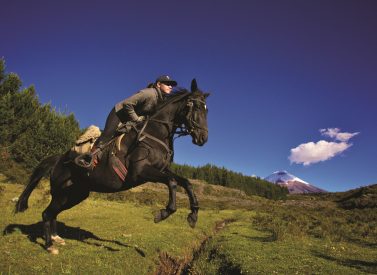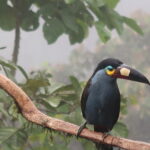
Emerald Coast Horse Riding Tour
Uruguay’s Emerald Coast is perfect for a horse riding holiday in the country.
Uruguay has an ideal, temperate horseback riding climate – warm enough to ride in light shirts, but not so hot that mosquitos are a real problem.
You ride along deserted sandy beaches, between sand dunes and into pine forests and around fresh water lagoons
There are also rice fields and ancient forts, as well as palm groves and across grasslands.
More on Emerald Coast riding tour
Afternoons and evenings are spent in idyllic settings; after enjoying gourmet lunches, you journey on to the comfort of traditional estancias and working farms for a great feed and sleep.
Uruguay is the size of England and Wales with a charming, warm, friendly population of just three million – and it’s perfect for horse riding holidays.
We are accompanied by skilled gauchos, seeing a large variety of wildlife along the way as we pass through an unexpected mix of landscapes.
Previous riders have spotted Franca whales, dolphins, turtles, sea lions and more than 100 species of birds during the tour.
Trip Highlights
Print Share Download as PDF-
Fantastic riding through varied landscapes with great weather.
-
Wonderful accommodation in remote areas.
-
Long canters along remote, pristine beaches.
-
Great wildlife watching opportunities as we ride along the coast.
It was all a highlight really! The riding week was fantastic in terms of the setting / organisation/ quality of leadership / quality of horses and group composition.
R. Balen, Horse riding
Full Itinerary
Day 1: Arrive Montevideo, transfer to hotel, lunch at Port Market, afternoon city tour (L)
Guests are collected from the airport and have a chance to relax in the very easy-going capital of Uruguay, Montevideo before being taken to lunch and on a private city tour.
You might also like to wander along the unique ‘Rambla’ – a very pleasant, wide boulevard with beaches, along the river estuary – soaking up the sun, there is also the gaucho museum, galleries and shops with local crafts and tack and also getting acquainted with one of Uruguay’s best kept secrets: the excellent wines.
The city is very safe and you can explore at your own pace before the city tour arranged for them during the afternoon.
Overnight: comfortable hotel in centre of Montevideo.
Day 2: Drive to Brazil border, afternoon ride San Miguel National Park, hotel (B,L,D)
After an early breakfast, we are driven north-east to Rocha, the most beautiful province in Uruguay with its pristine beaches, emerald shores and network of lagoons.
We are right on the Brazilian border and, just before our arrival at the country hotel, we pass through Chuy where the official boundary between Uruguay and Brazil runs down the middle of the main street.
The locals speak a strange mix of Spanish and Portuguese, on one side of the street the shops have signs in Spanish and on the other in Portuguese!
We arrive at the country hotel, built in the same stone as the nearby Portuguese fortress, in time for lunch (4-5hrs). From the hotel, we can admire the views out across a huge stretch of water – one of the largest fresh water reserves of South America, the “Merin Lagoon”.
Once inside the imposing walls of the hotel, you can appreciate the comfortable rooms and enjoy the delicious food, a far cry from the austere life in the nearby fortress! In the afternoon, we meet our horses and ride around the rocky hills of San Miguel Reserve (3hrs) enjoying a wonderful panoramic view of the area from the top of the boulder-covered ‘Cerro Picudo’. This area is home to a wide variety of birds including several species of vultures that, rather unnervingly, soar overhead in large numbers.
The park is a very important flora and fauna reserve now protected from the effects of modern agriculture and is also home to pure Cimarron cattle and Uruguayan criollo horses, giving us a chance to see this wonderful native breed of horse and its gorgeous colourings. We also ride to the granite fortress built in 1734 by the Spaniards, and rebuilt after its destruction by the Portuguese in 1737.
We stay at “Fortín de San Miguel” where you can enjoy the pool, the gardens and visit the ‘pulperia’ – the traditional meeting point for the gauchos from miles around.
Day 3: Chuy beach, ocean ride, beachside hotel (B,L,D)
In the morning we ride out of the hotel, through the customs post and along the Uruguay-Brazil border, riding for several kilometres in Brazil.
Then we turn south along a track and cross the wide, flat expanse of the arid pasturelands. There are opportunities for long canters across the flatlands and we often pass a horse and cart heading into town for weekly supplies. We pass fields covered with bizarre conical shaped mounds, the result of very industrious termites. Rheas graze in the fields and we occasionally spot their enormous eggs; birds of prey hover overhead as they hunt. The burrowing owls sit watching us on their earth mounds, field flickers and woodpeckers are busy drumming holes in the trees while oven birds build mud nests atop the fence posts.
Lunch is a delicious picnic under the shady trees at a large estancia then, after a siesta, we ride on to the beach for an incredible ride along the wonderful, isolated shores of the Atlantic Ocean (7hrs riding).
Visitors seldom reach this beach so we can enjoy a long, exhilarating canter with no signs of habitation as we ride along the pure, firm sands at the waters edge.
You can ride into the sea. We arrive 12km (8 miles) further south at “La Coronilla”, normally riding right to the ocean front hotel.
Overnight at Parque Oceanico, situated next to the beach. Indoor and outdoor swimming pools.
Day 4: Santa Teresa National Park, dolphins and shipwrecks, estancia (B,L,D)
Today we ride our horses along another beautiful part of the coastline to Santa Teresa Fort. Crossing the forested Santa Teresa National Park we arrive at the imposing restored fort which is the centre piece of the park – started in 1762 by the Portuguese to defend the edge of their territories then completed by the Spaniards who took it by assault just a year later.
This was just the start of a succession of conquering, losing and re-conquering the fort; it was not until 1825 that the newly formed ‘Uruguayan nation’ finally captured and held the fort.
The fort is surrounded by 3,000 hectares of forest containing over 2 million trees, the majority introduced from other parts of the world and, after lunch in the open air, we enjoy riding along the forest trails down to the beach.
We pass a shipwreck buried in the sand – one of many along this treacherous coast. Indeed, Polonio, where we ride to later in the week, is named after a Spanish galleon that went down just off the point. Luckily ‘Beagle’ with Charles Darwin aboard did not succumb to this fate and Darwin spent quite some time in Uruguay collecting species and most likely starting to formulate his theories of evolution. Most days there is the wonderful sight of dolphins feeding in the bay. (5-6 hrs riding).
We leave the horses and are driven (10 minutes) back to our hotel located next to the beach for barbequed fresh fish, Uruguayan wine and a second pleasant overnight by the ocean, drifting to sleep with the sound of waves.
Day 5: Explore Estancia El Sauce and environ, (B,L,D)
We wake up on a farm – El Sauce is a working estancia where we will enjoy a full day riding around the rice fields and across the pastures on this large property.
The estancia, built in 1920, is very comfortable – it is not a hotel but the family house that we have been invited to stay, offering us an incredible experience and a very special insight into the life in the country.
Guests can sample the ‘mate’ sipped hot out of a dry gourd. The gauchos and their mate are inseparable and a ceremony has developed around drinking mate.
In addition to the cattle ranching this estancia has a large area of marshlands and also rice crops both of which are teeming with bird life (more than 400 species in this area) making another very varied ride and giving us the chance to see the graceful black-necked swan (largest populations in the world are found here), the rare white goose and many ducks and other birds such as the largest bird in South America – the ‘ostrich-like’ “ñandú” (rhea).
Otters, coypus and capybaras inhabit the marshlands and streams. At several points on the trip we will see the pink flamingo – a species of flamingo with very bright pink pigment and quite common in Uruguay.
Overnight at this authentic working estancia.
Day 6: Cabo Polonio dune ride, PM wildlife spotting, estancia (B,L,D)
The day starts with a drive to close to the ocean. We will meet our horses and ride into the desert.
We ride through the area which has been declared a natural animal reserve and a Biosphere Natural Reserve by UNESCO. We will ride to Cabo Polonio, a charming fishing village which can only be reached by horse or four wheeled drive.
The fascinating part of the area is the huge area of shifting sand dunes, as we ride through it is possible to imagine that we are right in the middle of the Sahara.
After lunch at a typical restaurant on the beach we will see seals and sea lions that populate the small islands and make up one of the largest populations of seals in the world; occasionally we spot a migrating Right Whale (November/December).
Riders can swim in one of the most beautiful beaches of the country. After this ride full of surprises and diverse scenery, we will stay at a lovely comfortable working estancia, El Charabón.
Day 7: Forest and palm groves, estancia (B,L,D)
A fascinating day horse riding in an area of outstanding beauty with special ecosystems and a great variety of birds and native plants awaits us; this area has been declared Natural Animal Reserve since 1996.
We have the opportunity to ride into a unique forest of Ombúes, some specimens over 500 years old. The gruesome sounding Strangler Figs are also found here.
After lunch, we horseback ride to a nearby palm grove; no one knows how hundreds of years ago, palm trees arrived on these shores.
Day 8: Ride with gauchos, transfer to Montevideo, ends (B,L)
We enjoy a full morning working alongside the gauchos and their trusty dogs as they tend to the cattle and sheep on this working ranch.
The wonderful, friendly gauchos still wear their very traditional attire –berets, ‘fajas’ & ‘bombachas’ (riding trousers) and with their knives tucked into their colourful belts all seem to have been born on a horse and it is a delight to be riding with them.
After a quick lunch we say goodbye to the horses and head back to Montevideo.
Montevideo – to the airport, port or the city, to head for home or to start an extension tour that we will gladly help you arrange.
Prices From $4,700 / £3,821 per person
What's Included?
Riding on 7 days, all transport including to/from Montevideo, horses, guides and grooms, accommodation and meals as listed
What's Not Included?
Flights to Uruguay, departure taxes, personal expenditure (souvenirs, laundry, bar bills, telephone calls etc.), gratuities.
Accommodation
We use a mix of estancias and working farms picked for location and character.
The accommodations provided in this itinerary include charming seaside hotels and ranches all with private bathroom.
They are clean, comfortable and provide a very good service. You will be able to get good night’s sleep in pleasant surroundings.
Tour Staff
We are accompanied by skilled gauchos, seeing a large variety of wildlife along the way as we pass through a mix of landscapes.
Meals
Your meals are prepared and served to you in a dining tent or in the hacienda, and will be a mix of hot drinks, cereals, fruits and toast with jams.
Lunch, while out riding, will be either sandwiches or meat and cheese with crackers, with fruits etc available on trips from estancias/hotels etc.
After a full day riding, it is comforting to know that you can return to fully prepared meals that reflect the local cuisine. All meals are prepared with completely natural and fresh products of the region. Red meat, fish and wine are specially recommended, but we can easily cater for vegetarians/special diets as long as we know in advance.
Activity Level
It is the responsibility of the individual guest to ensure that he or she has the necessary riding skills to take part in the tour chosen.
You must wear a helmet on this tour. You should be used to horse riding and be able to trot, canter and, ideally, gallop. There are several sections for fast riding.
You need to be able to ride for several hours on consecutive days.
There will normally be several changes of horses during the ride. One or more spare horses will accompany us.
The horses are the local Uruguayan Criollo breed and criollo cross: ideally suited to the terrain. Criollo is the horse breed in Uruguay, Argentina and the south of Brazil. The breed was developed from horses that were brought from Spain in the 17th century and then developed in this region. Criollo horses are strong with a good character.
We use local south american type saddle (similar to western) with a sheep skin. Neck reining (western ‘one-hand’ riding). Help will be given in adjusting to this tack which is very suitable for long days in the saddle.
Practical Information
Introduction to Uruguay
Uruguay is one of South America’s undiscovered gems, a welcoming and charming country with dramatic coast lines and hidden treasures.
Nestled between Brasil, Argentina and its rugged Atlantic Ocean coast, Uruguay features a large number of sandy beaches, rolling hills and vast, wide open spaces in the countryside.
Its warm, friendly population of only 3 million – who you’ll see supping yerba maté tea as the sun goes down – live peacefully in an area the size of England and Wales.
Uruguay’s capital, Montevideo, is vibrant and home to some scorching tango nights as well as many art-deco buildings.
The coast has lovely beaches and warms seas, which the locals flock to, to relax, swim and sunbathe.
Journey inland and into the countryside you can stay at estancias to taste the rural life, and perhaps some horse riding.
Geography of Uruguay
Uruguay is a green and verdant land of rolling hills and pastures, and has distinct areas to enjoy including 10 national parks.
The 660km of coast offers beautiful and dramatic atlantic beaches the further north you go, some many miles in length, others more intimate and with cosy places to stay and place to swim. Those nearer Montevideo and the famous Punta del Este cater more for sun and sea lovers.
There are several estancias and vineyards to visit along the coast, as well as inland.
The interior gets very warm and humid in summer, but with a hire car it’s a lovely and fresher get away up into the hills, with Cerro Catedral at 514 metres (1,686 ft) the highest point in the country.
In the east are several wetlands and lagoons from which many birds and animals can be seen.
To the west of the country lies Rio de la Plata, which forms an enormous river border with Argentina. As you move upstream, you encounter wetlands replete with wildlife and forests.
In the north you will hardly see a soul, and have to yourself the unexplored gorges, gold mines and vineyards of this incredible ‘little’ country.
Weather in Uruguay
The climate is mild, with temperatures that range between 23-35ºC in the summer months (Dec-Feb) and between 5 and 15ºC during winter (Jun-Sept).
During the summer, it’s pleasant and warm at the coast, with plenty of sunshine to enjoy for sun seekers on beaches.
As you move into the interior of the country, conditions become much hotter and more humid.
In Montevideo, you can expect mainly warm spring and autumn temperatures, although there are some cool days (especially early in the morning or at night) and perhaps some rainy days, too.
Kit list
Good kit is vital for every trip.
Book with Andean Trails and get 15% off Páramo’s fantastic ethical and high performance outdoor gear.
Overview
Clothes and equipment should be comfortable for riding all day, layering helps cope with temperature changes.
Your bags will be transferred from accommodation to accommodation by car, no by packhorse.
Guests are strongly advised to bring and use their own riding helmets.
Give plenty of thought to kit selection, and try to keep weight down.
Below is a more detailed kit list.
Equipment provided for the riding tours:
- Saddlebags
- Rain ponchos
- Half chaps (a few pairs are available on prior request.)
- Water bottles
- Bed linen & towels
- All bed linen and towels will be provided at the haciendas/hotels tours.
Clothing, equipment & personal effects:
- Insect repellent.
- Towel & wash-kit.
- Wet Wipes/antiseptic hand-wash cream.
- Toilet paper (1)
- Sunscreen (factor 30+) and lip salve.
- Head-lamp (plus spare bulb and batteries).
- Penknife.
- Travel alarm clock.
- Binoculars.
- Swimming costume
- Plastic bags – ‘Zip-loc’ & tough bin liners.
- Camera and film / memory cards (take at least twice the amount you think you will need!).
- Camera and phone chargers.
- Book, e-book, mp3 player/ipod or other to help pass the time.
- Spanish/English phrasebook.
- Extra snacks i.e. cereal bars or favourite chocolate bars.
- High quality sunglasses with protective lenses – NOT fashion glasses
- Travel adaptor
Riding:
Multiple thin layers of clothing are recommended for the changes in temperature.
- Stretch trousers/jodhpurs (we advise against denim jeans/baggy trousers. Lightweight jodhpurs).
- Riding chaps – full or half length.
- Thin ‘long johns’/stockings/stretch lycra-style cycling shorts are useful under trousers/jodhpurs.
- Thermal underwear (if you feel the cold).
- Woollen & cotton scarf.
- Fleece jacket & wool jumper.
- Warm waterproof jacket (suitable for cold evening temperatures & occasional rain/high winds when riding).
- Long sleeved cotton shirts and T-shirt.
- Solo neck jumpers (cotton and/or wool).
- Strong boots (hiking boots/riding boots with rubber soles – you may have to walk on rough terrain).
- Trainers/canvas shoes/deck shoes (for evenings & market visits – comfortable, low/no heels).
- Riding gloves.
- Wide brimmed hat (‘Stetson’ / panama/ safari style).
- Day pack.
- Evening wear (trousers, shirt and sweater for the hotels, no formal wear necessary, except for special occasions).
Miscellaneous others
- Money belt.
- Passport (original) + a good quality photocopy.
- U.S. dollars cash, mixed-denomination notes, undamaged and unmarked.
- ATM cash/credit card.
- Any inoculation certificates.
- Personal & medical insurance certificates.
- Presents e.g. Postcards from home.
- Comfortable clothes for travel, smart clothes for night life.
ATOL holiday protection
Andean Trails has 25 years of experience of putting together the best South America holidays.
We pay a fee to the CAA for every licensable passenger we book since we hold an Air Travel Organiser’s Licence granted by the Civil Aviation Authority. In the unlikely event of our insolvency, the CAA will ensure that you are not stranded abroad and will arrange to refund any money you have paid to us for an advance booking.
We also offer ATOL (Civil Aviation Authority) protected holidays to give our customers peace of mind when booking and travelling.
When you buy an ATOL protected air holiday package from Andean Trails Ltd you will receive a Confirmation Invoice from us confirming your arrangements and your protection under our Air Travel Organiser’s Licence number 6275.
You can read more about ATOL, who is covered and what protections you have if not ATOL-covered, on our ATOL page.
What is ATOL?
The CAA’s ATOL scheme offers protection to your money and your holiday if you book with us. Not everybody is covered (see ‘Who is covered?’ for more), as you must purchase an ‘air package holiday’ with Andean Trails to be protected.
And ‘air package holiday’ is defined as including a flight and some ground services (hotel, transfer, trek etc). This is also known as an ‘ATOL-protected holiday’.
Who is covered?
To be covered by ATOL, you must book a flight and some ground services with us and be from the UK. If you are from the UK and only book ground services and no flights, you are not covered by ATOL (see below for more on how non-ATOL clients are covered).
If you are outside the UK and buy flights with us, you will be ATOL protected IF any of the flights booked with Andean Trails touches/stops in the UK at any point during your holiday package booked with us.
If you buy your flights elsewhere, please check with that agent if you are ATOL protected. Be careful with online flight purchases and make sure you know what protection you have, if any, before paying for flights.
Not all holiday or travel services offered and sold by us will be protected by the ATOL scheme. Please ask us to confirm what protection may apply to your booking.
For land only holidays not involving any air travel, in accordance with “The Package Travel, Package Holidays and Package Tours Regulations 1992”, all UK passengers booking with Andean Trails Ltd. are fully protected for the initial deposit and subsequently the balance of all money paid to us, arising from cancellation or curtailment of travel arrangements due to the insolvency of Andean Trails.
I’m not ATOL covered, what protection do I have?
If you are not ATOL covered, any payments you make to us go to a Trust account.
We can only access this money once your tour has been completed, meaning that if anything happens to Andean Trails Limited while you are on holiday, then your money is secure and you can either complete the trip or be able to make it home.
If you pay for your holiday with a credit card, some offer payment protection – please check with your cardholder.
You also should have cancellation protection written into your insurance (which we recommend you have at the time of booking) in case you need to cancel.
Colonia, Uruguay
A famous former Portuguese colonial outpost, Colonia is a step into a bygone age. Wander slowly past old and pretty colonial buildings, set in picturesque, quiet streets
There are two or three good restaurants to try, a couple of small museums worth a visit and you can swim in the refreshing Rio de la Plata river.
El Buen Suspiro (the good whisper) is Colonia’s most famous street. Some say its name derives from the enticing whispers of the prostitutes that worked here, others that it was the last breath of animals that were slaughtered here.
East coast beaches of Uruguay
Uruguay’s 660km of white sand coastline, capes and dunes are almost completely deserted and unspoiled.
Drive north past Punta del Este and into more remote areas for wild and beautiful coast.
The fishing village of José Ignacio is the new up-and-coming place to stay, while La Pedreda calls to surfers, kite-surfers and eco-travellers.
Cabo Polonio is another old fishing village now turned eco/hippy resort. It’s basic with little electricity, but has a huge sea lion colony, peaceful waters to swim in and beautiful sunsets and clear skies for star gazing.
Further up, Punta del Diablo has more of a nightime scene as well as good swimming beaches.
Montevideo, Uruguay
Montevideo is South America showing Europe a slice of its own laid-back, crumbling elegance mixed with a modern feel.
Surrounded by part of the world’s widest river, the Rio de la Plata, there are lots of lovely plazas and city beaches, great for watching the blazing red sunsets.
People here are open and chatty – by day, conversation flows around the country’s famous writers and literature, by night Milongas (dance nights) and Tango bring the city alive.
All of this can by enjoyed alongside Uruguayan BBQs (asados) and Tannat red wines, which more than rival those of Buenos Aires over the water.
Punta del Este, Uruguay
Uruguay’s most famous resort, Punta del Esta is a playground for the rich and famous as well as tourists from all over the world.
People flock here from December to February to enjoy the calm waters and wide variety of top-end hotels, restaurants and boutique bars and shops.
The city is often referred to as “The Monaco of the South”, “The Pearl of the Atlantic” and “The St. Tropez of South America”, thanks to its glitzy reputation.
Less than an hour from Montevideo, this is for sun and beach lovers who like to add a little glam to their stay.
Route 109 self-drive, Uruguay
Route 109 between Aigua and La Roncha in the east of Uruguay, is one of the most scenic roads to self-drive.
It’s a bit up and down, a dirt road in the main but good quality, and little traffic.
You’ll go past green hills with boulder and streams, accompanied by panoramic views most of the way as you wend through some forests and farms.
Also en route is Uruguay’s highest peak, the mighty Cerro Catedral which stands at a not-so-mighty 513m/1,685ft!
Vineyards of Uruguay
Uruguay holds a secret –a red wine called Tannat that more than matches its boisterous neighbour’s Malbec variety.
They’ve been making Tannat for more than 250 years in Uruguay and while it has gone under the world’s radar so far, it must soon come to prominence.
Brought to the shores by the French and Spanish, then lovingly kept on by Jesuit settlers, Tannat is now more important in Uruguay than in its native France.
Wine enthusiasts will love the chance to stay at historical haciendas, sampling some fine reds alongside great BBQs (asados).
Prices From $4,700 / £3,821 per person
Guide price only, please contact us for more info
Private departures October - April
Price per person, shared room basis
Single supplement applies
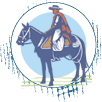
Dates & Prices
Prices From $4,700 / £3,821 per person
Guide price only, please contact us for more info
Private departures October - April
Price per person, shared room basis
Single supplement applies
Can’t find what you’re looking for? Get in Touch
+44 (0)131 378 5593
+44 (0)131 554 6025



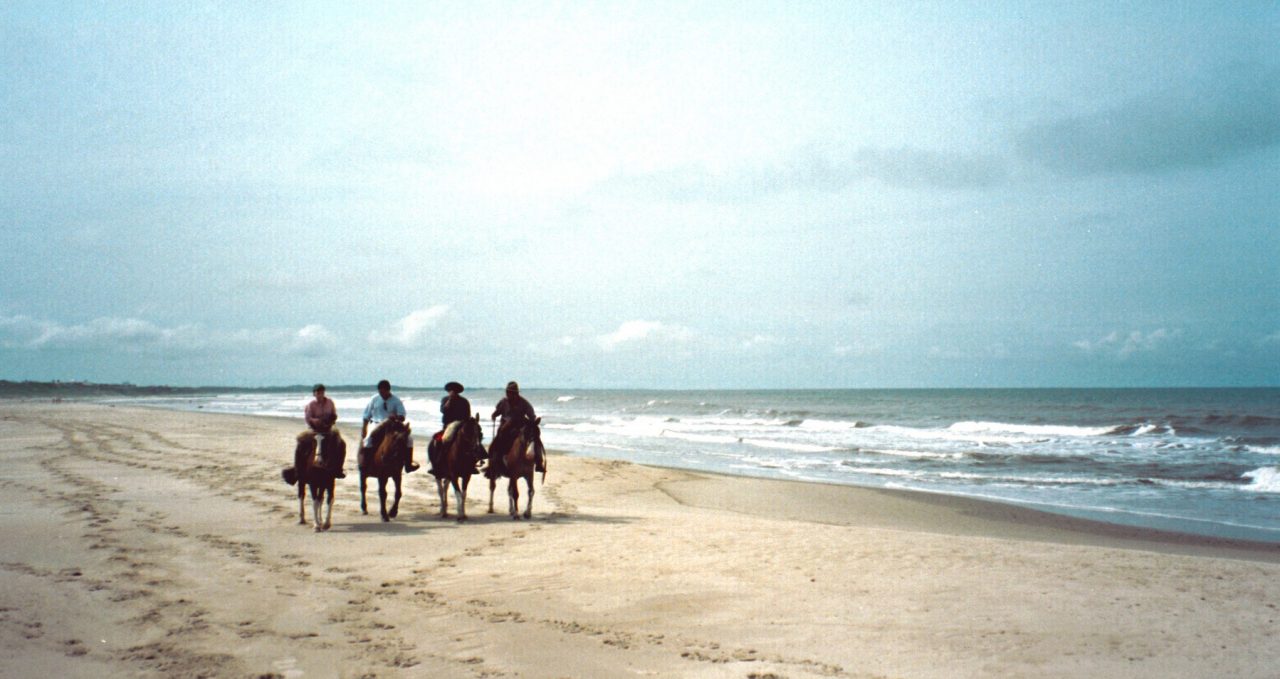
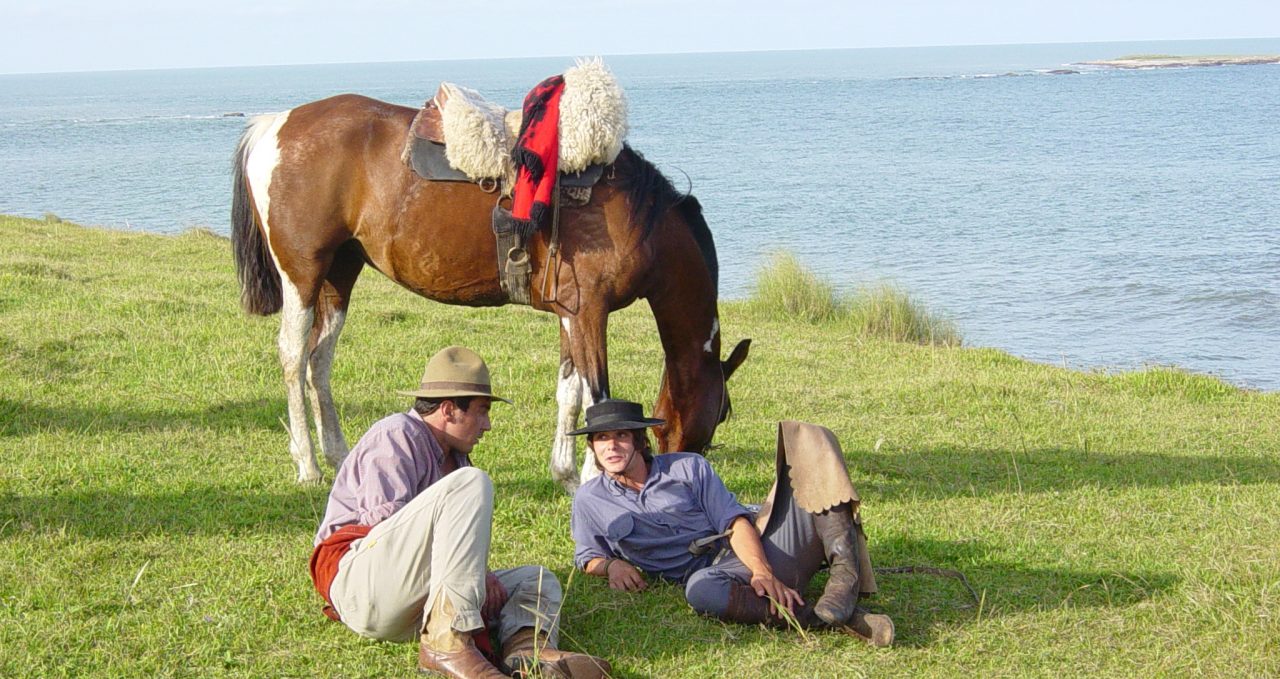
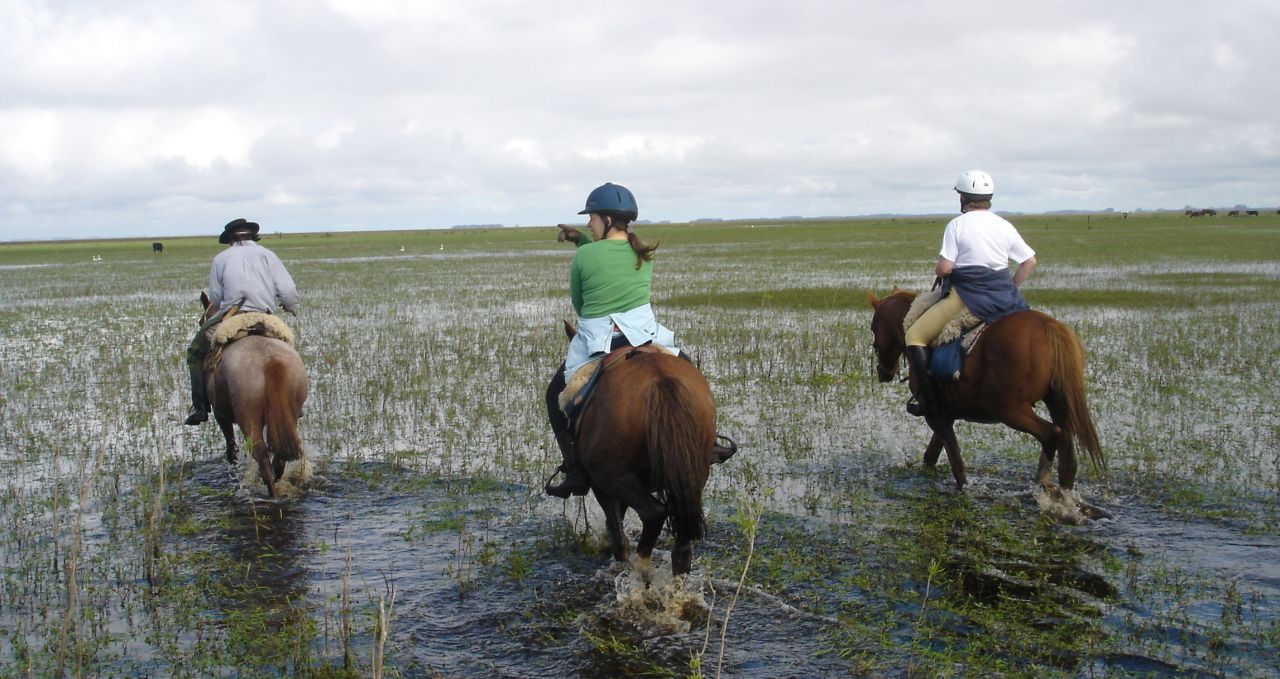
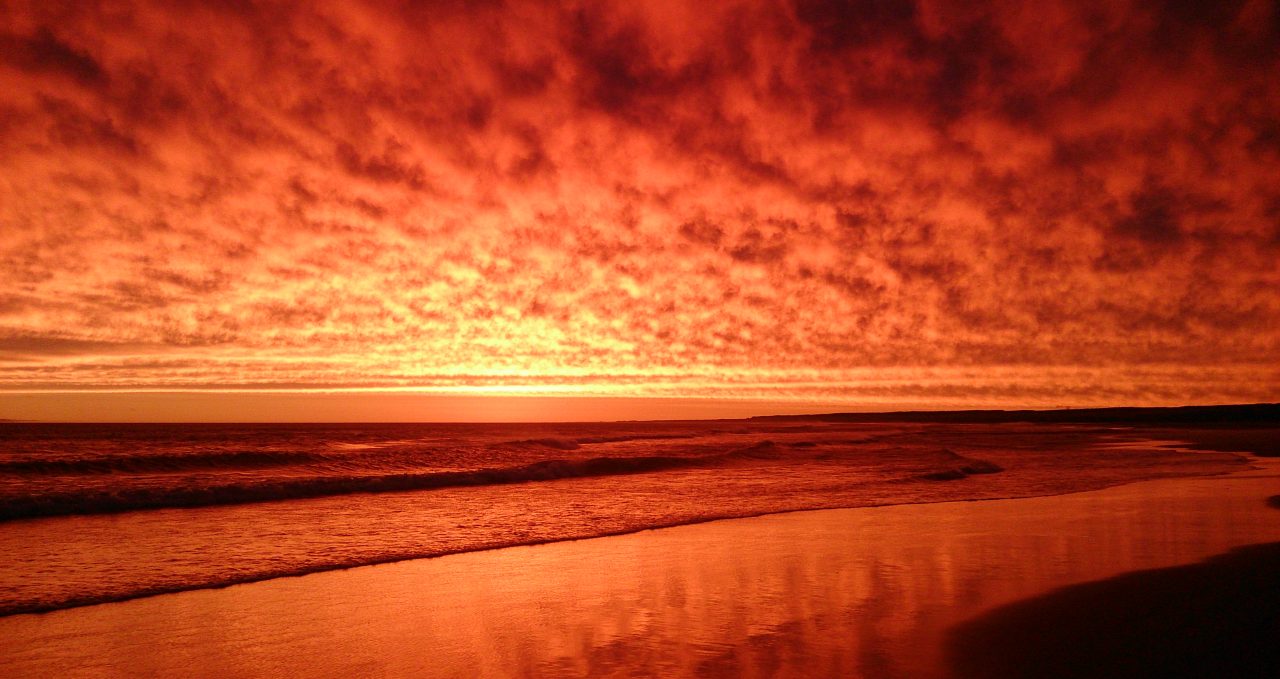
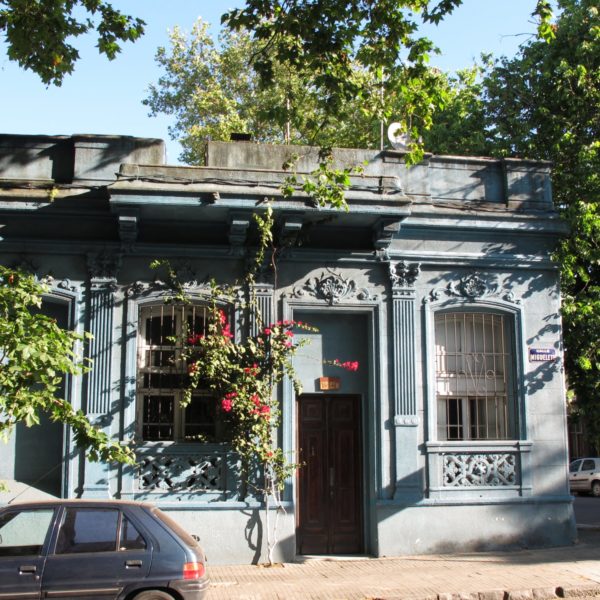
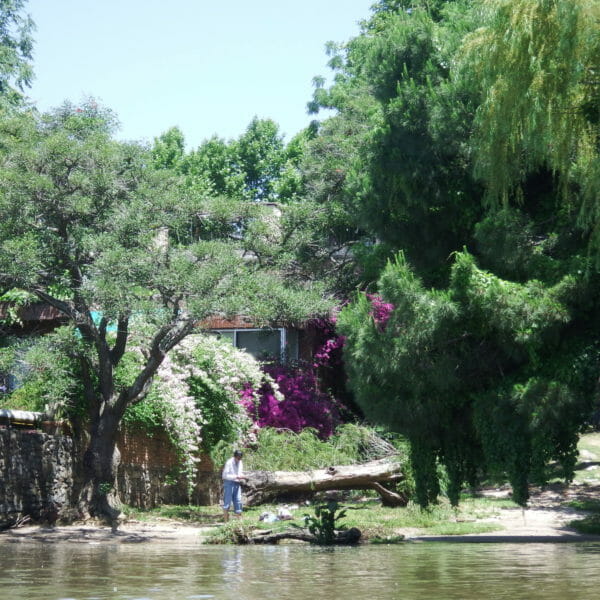
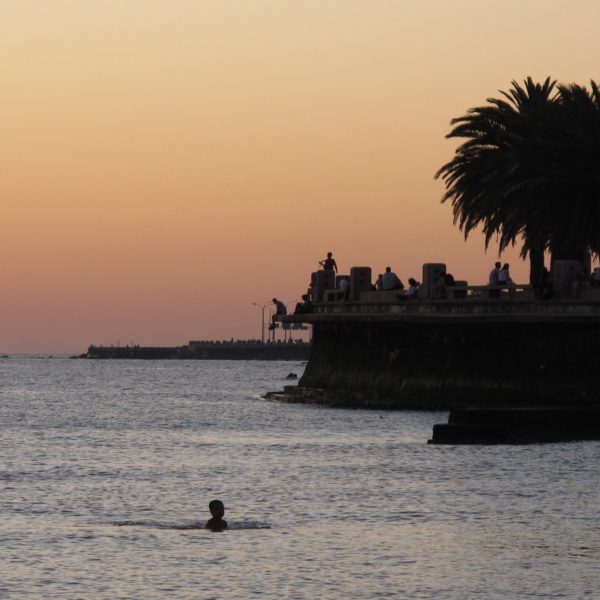
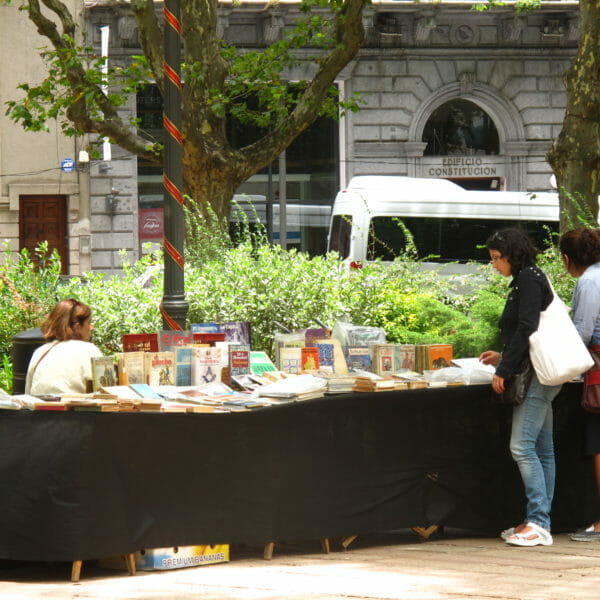
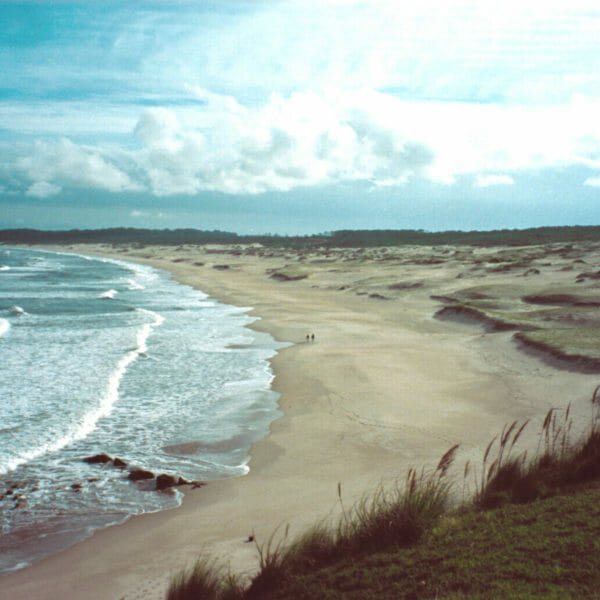
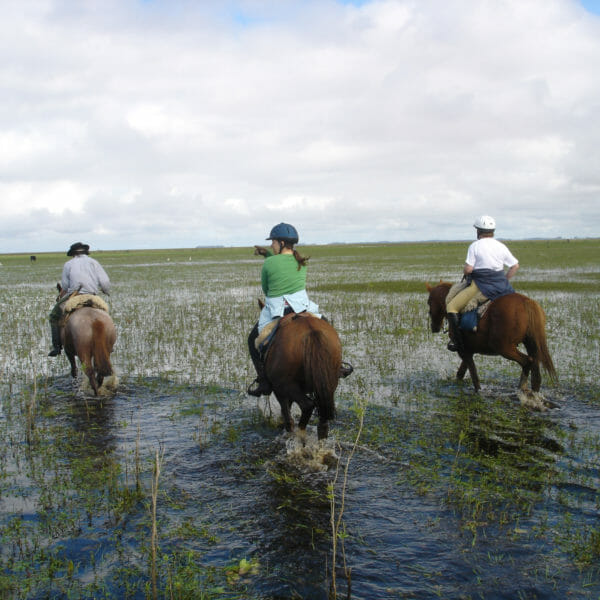
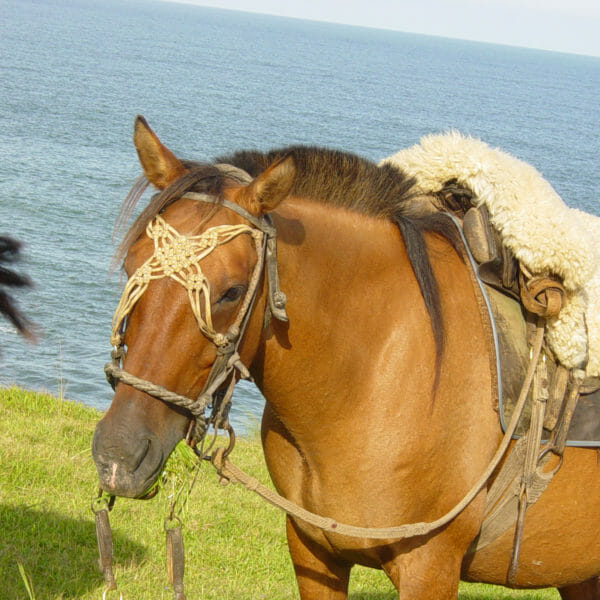
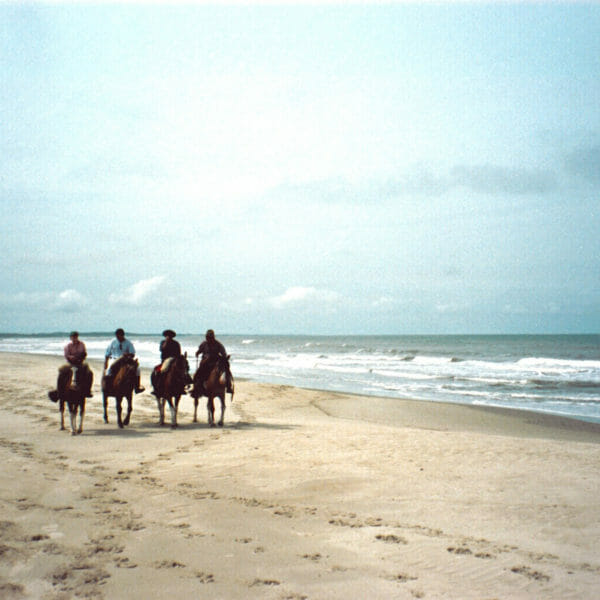
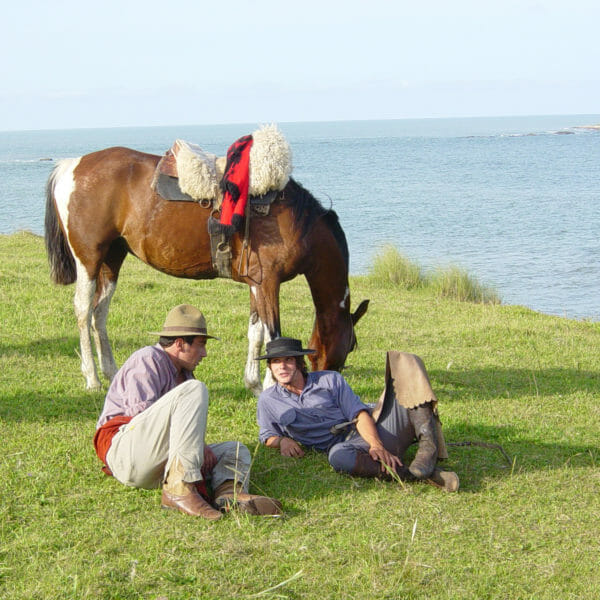
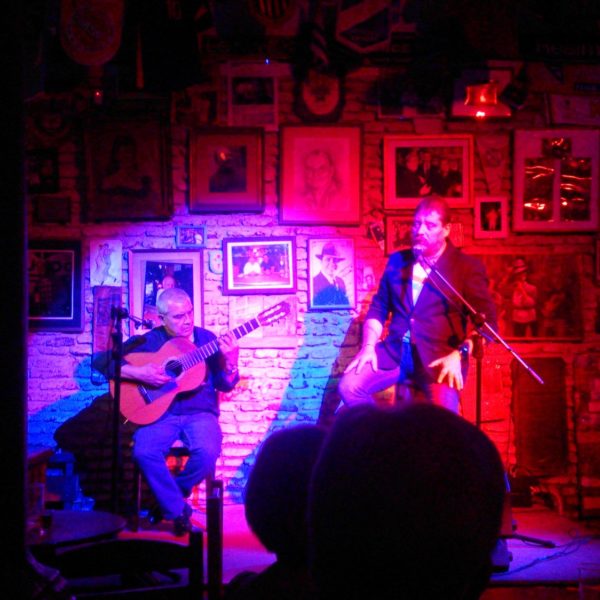
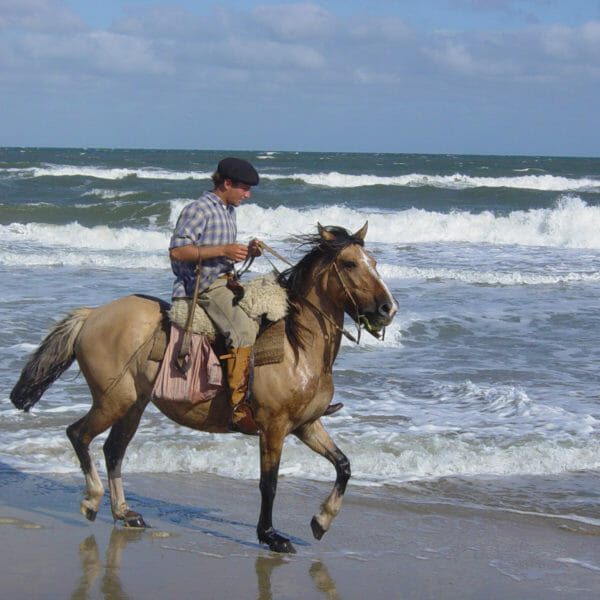
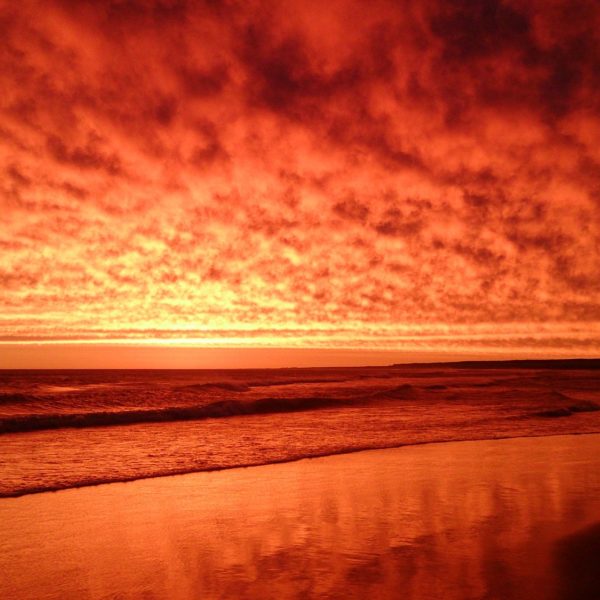
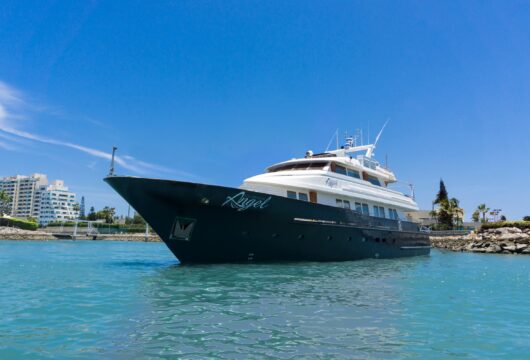
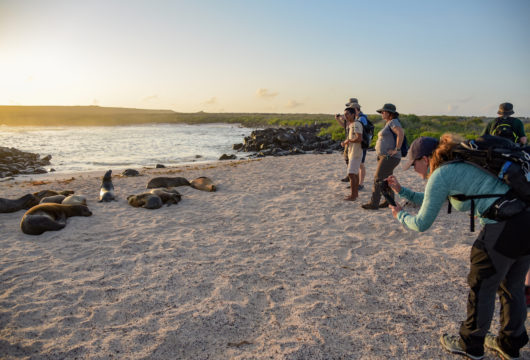
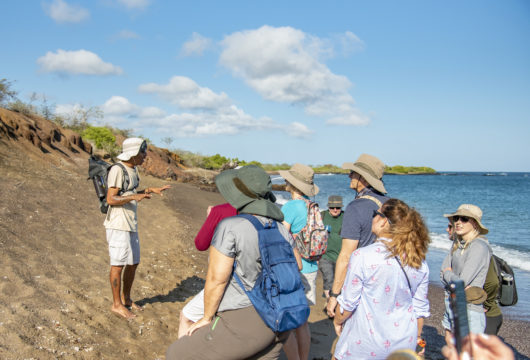
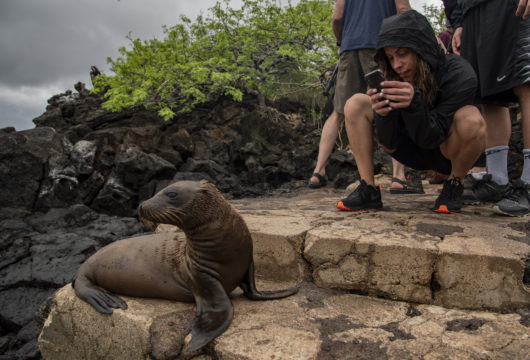
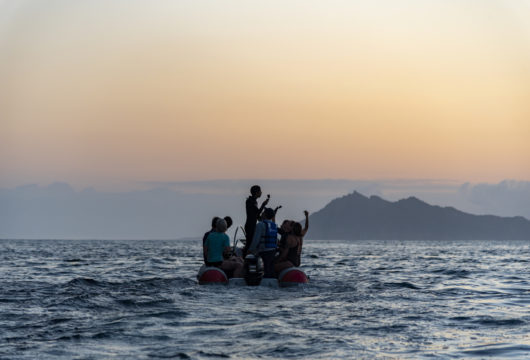
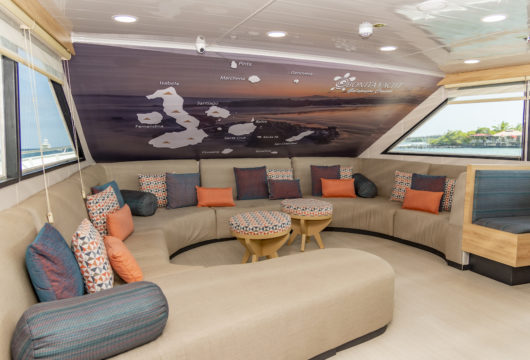
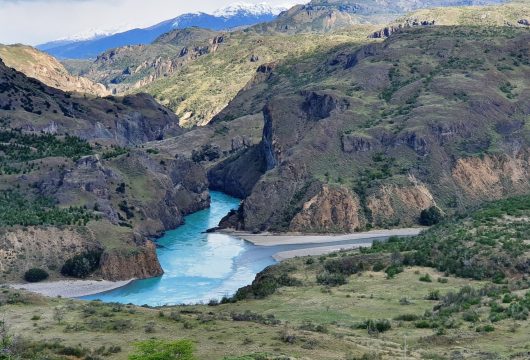
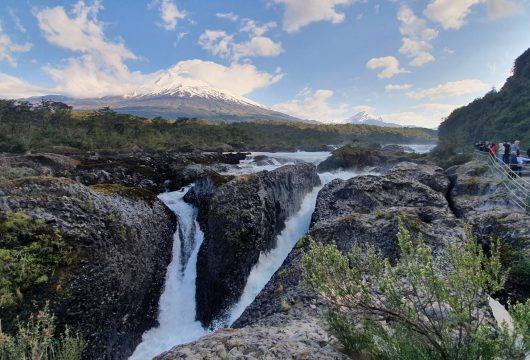
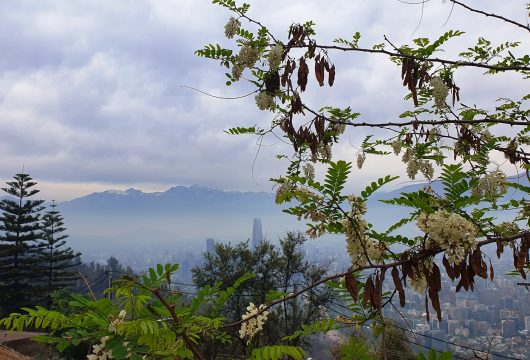
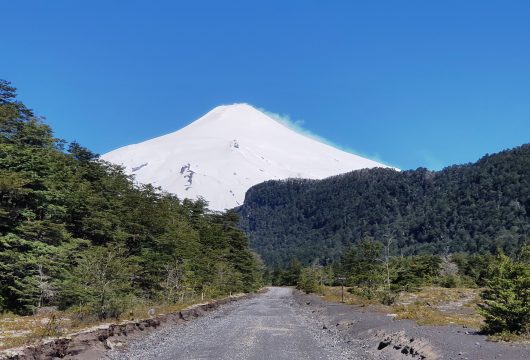
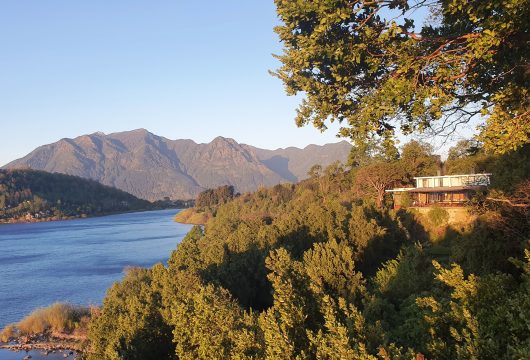
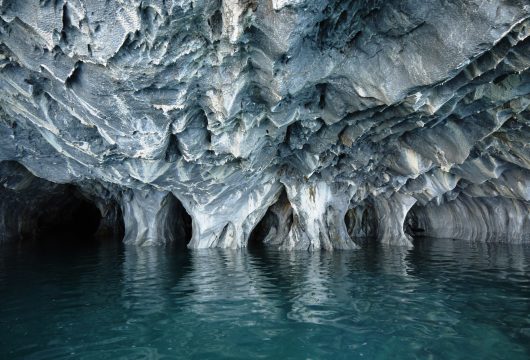
 a Tailor Made Tour
a Tailor Made Tour
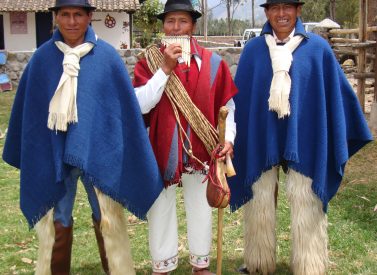
 a Group Tour
a Group Tour
